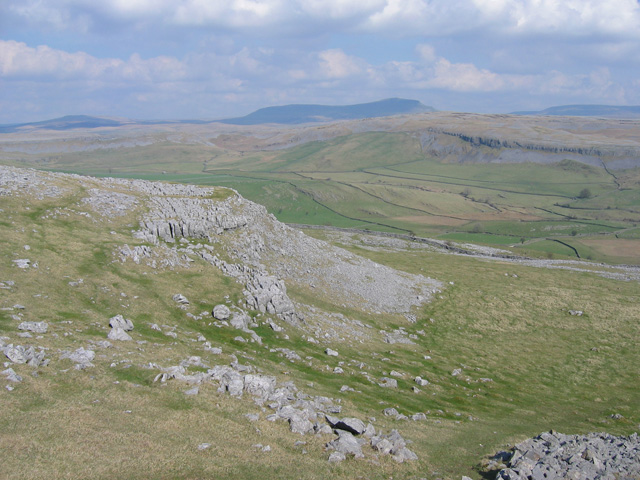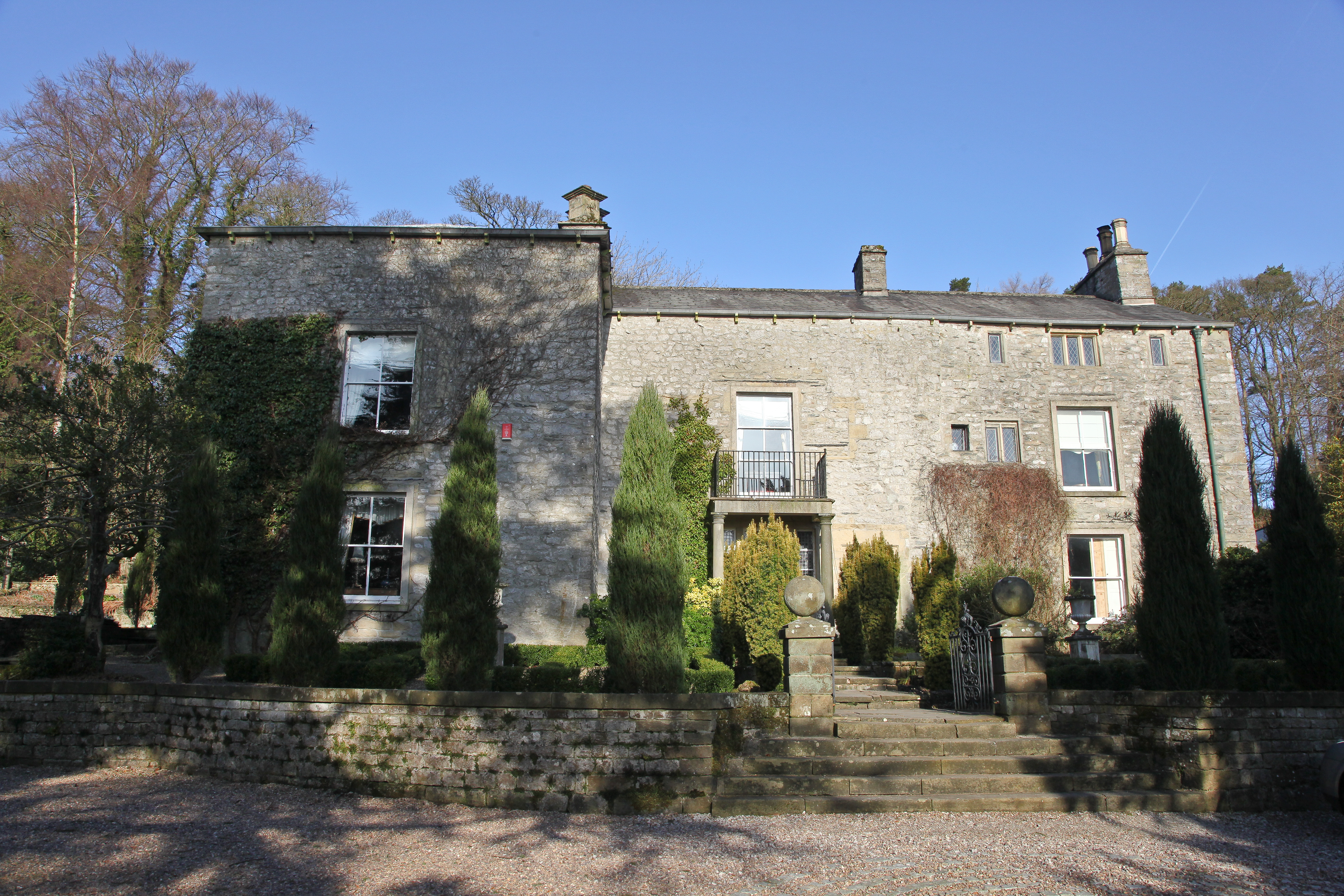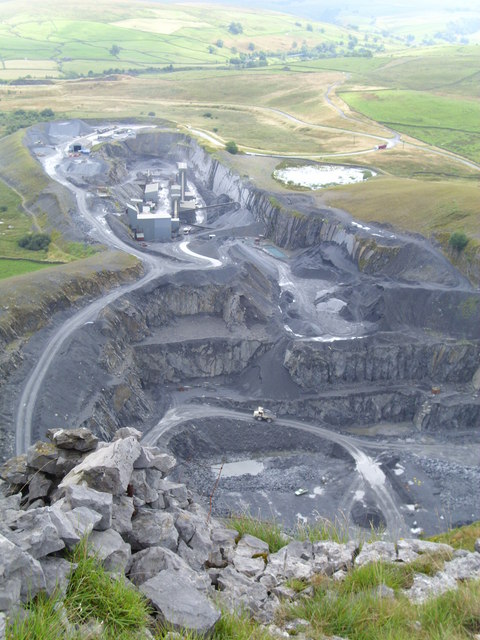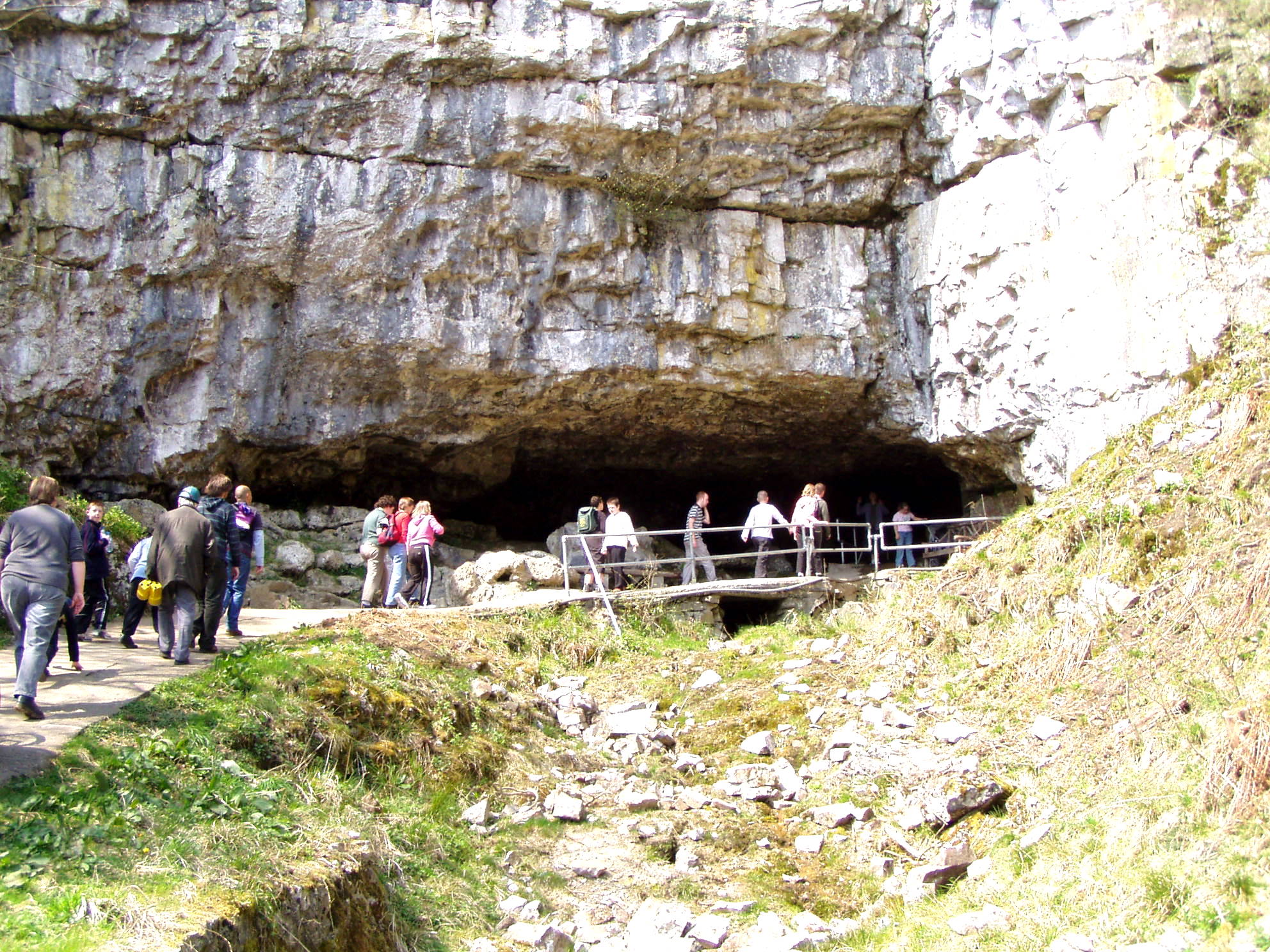White Stone Wood
Wood, Forest in Yorkshire Craven
England
White Stone Wood
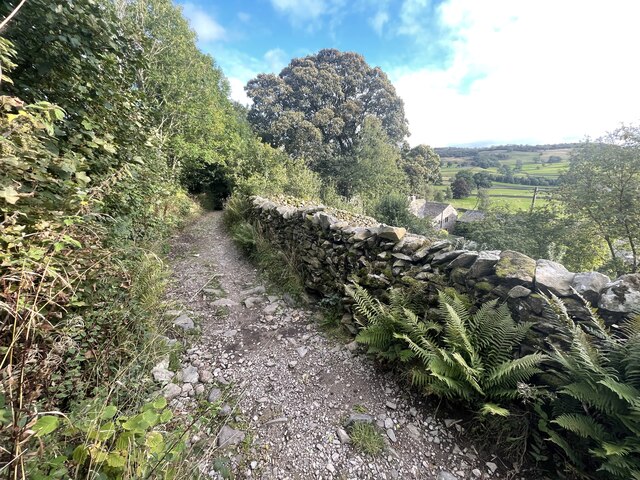
White Stone Wood is a picturesque woodland located in the county of Yorkshire, England. Covering an area of approximately 100 acres, it is a popular destination for nature enthusiasts, hikers, and those seeking a peaceful retreat in the heart of nature. The wood is situated in close proximity to the village of White Stone, from which it derives its name.
The woodland is known for its diverse range of tree species, including oak, beech, birch, and pine. This creates a rich tapestry of colors throughout the year, with vibrant hues of green in spring and summer, and stunning autumnal displays of red, orange, and gold. The wood is also home to an array of wildlife, including deer, foxes, badgers, and numerous bird species, making it a haven for wildlife enthusiasts and birdwatchers.
Visitors to White Stone Wood can enjoy a network of well-maintained walking trails that wind through the forest, providing opportunities for leisurely strolls or more challenging hikes. The trails are clearly marked and offer breathtaking views of the surrounding countryside, including rolling hills and meandering streams.
In addition to its natural beauty, White Stone Wood also holds historical significance. The remains of an ancient Roman road can be found within the woodland, offering a glimpse into the area's past. This combination of natural beauty and historical interest makes White Stone Wood a must-visit destination for those interested in Yorkshire's rich cultural and natural heritage.
If you have any feedback on the listing, please let us know in the comments section below.
White Stone Wood Images
Images are sourced within 2km of 54.127953/-2.3377144 or Grid Reference SD7870. Thanks to Geograph Open Source API. All images are credited.





White Stone Wood is located at Grid Ref: SD7870 (Lat: 54.127953, Lng: -2.3377144)
Division: West Riding
Administrative County: North Yorkshire
District: Craven
Police Authority: North Yorkshire
What 3 Words
///sizes.ditching.vampire. Near Settle, North Yorkshire
Nearby Locations
Related Wikis
Wharfe, North Yorkshire
Wharfe is a hamlet about a mile north east of the village of Austwick, North Yorkshire, England. Its postcode is LA2 8DQ. The name means 'The bend',...
Crummackdale
Crummackdale, (sometimes Crummack Dale), is a small valley north of the village of Austwick in the Craven District of North Yorkshire, England. The Valley...
Norber erratics
The Norber erratics are one of the finest groups of glacial erratic boulders in Britain. They are found on the southern slopes of Ingleborough, close to...
Austwick Hall
Austwick Hall is an historic manor house situated above the village of Austwick in North Yorkshire, England. The house is a Grade II listed building and...
Austwick
Austwick is a village and civil parish in the Craven district of North Yorkshire, England, about 5 miles (8 km) north-west of Settle. The village is on...
Dry Rigg Quarry
Dry Rigg Quarry is a quarry at Helwith Bridge in North Yorkshire, England, located within the Yorkshire Dales National Park. The quarry produces a hard...
Horton Quarry
Horton Quarry is a limestone quarry near to Horton-in-Ribblesdale, North Yorkshire, England. The quarry, which is some 6 miles (9.7 km) north of Settle...
Ingleborough Cave
Ingleborough Cave (formerly known as Clapham Caves) is a show cave close to the village of Clapham in North Yorkshire, England, adjacent to where the water...
Nearby Amenities
Located within 500m of 54.127953,-2.3377144Have you been to White Stone Wood?
Leave your review of White Stone Wood below (or comments, questions and feedback).













